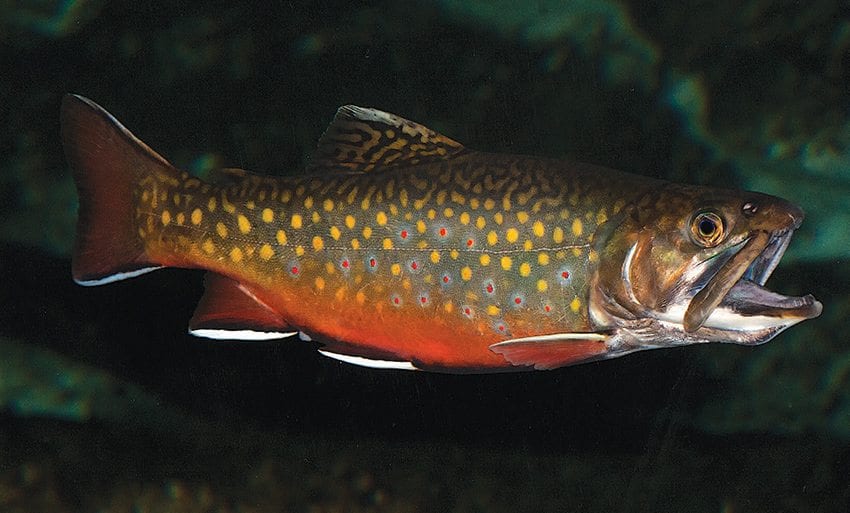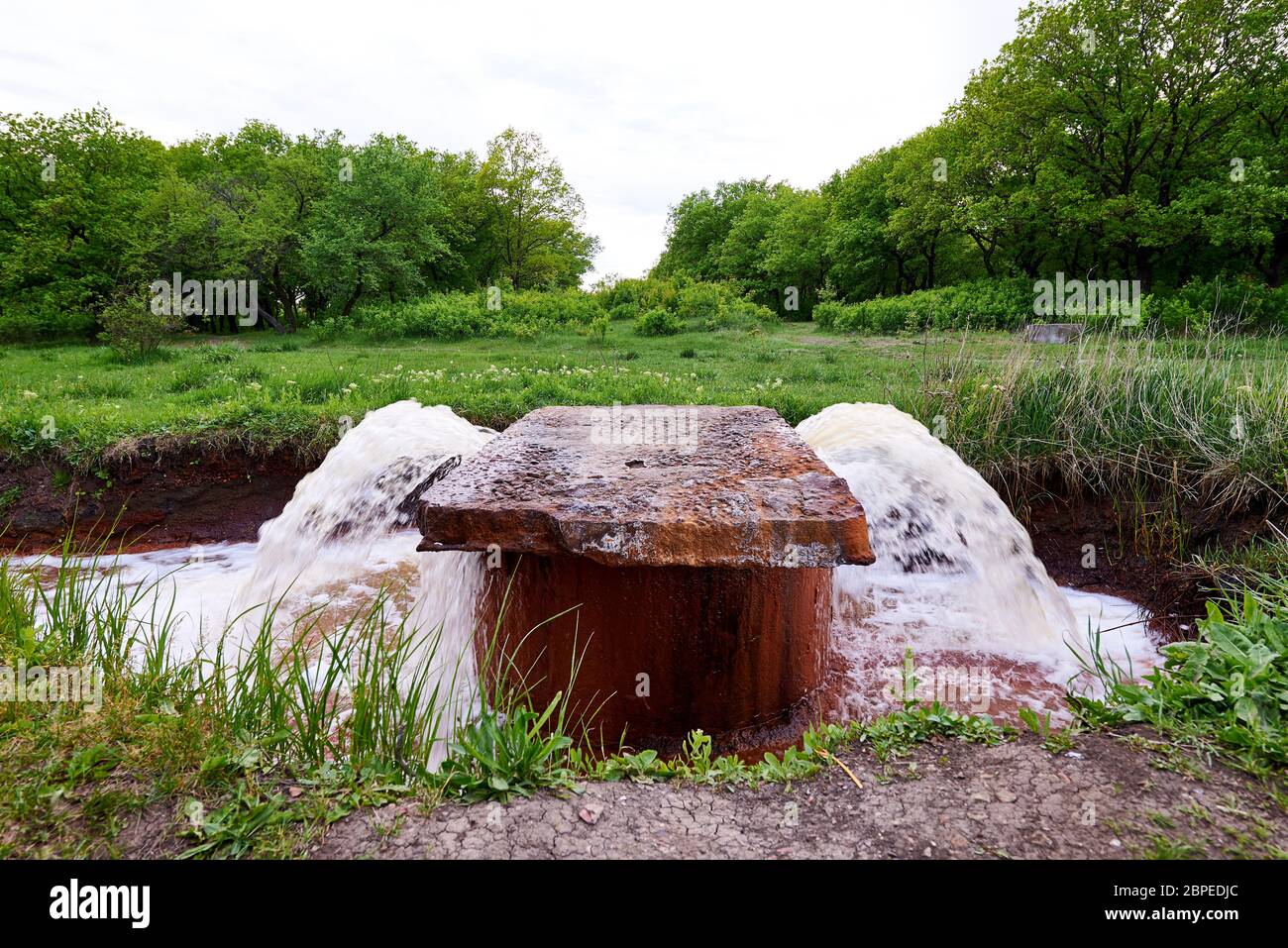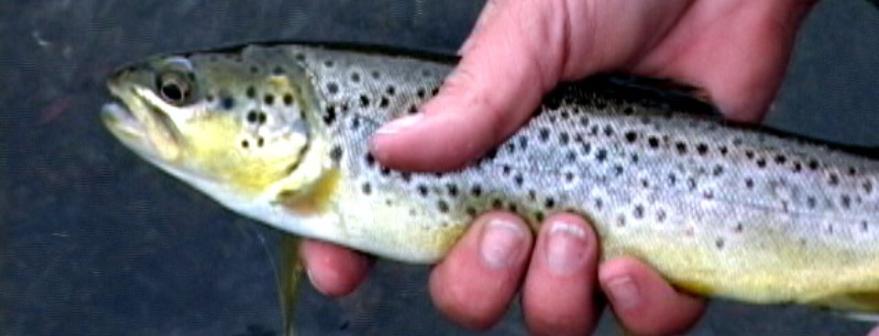Great Lakes Cheese Facility Discharge Kills Tens of Thousands of Fish in Ischua Creek
An investigation into one of the most significant fish kills in recent Western New York history

Ischua Creek in better times - a pristine Western New York trout stream that attracted anglers from across the region

Ischua Creek in better times - a pristine Western New York trout stream that attracted anglers from across the region
The angling community across Western New York is reeling from news that has sent shockwaves through the fishing world: a massive environmental disaster has decimated one of the region's most beloved trout streams. On August 26, 2025, the New York State Department of Environmental Conservation (DEC) responded to reports of a catastrophic fish kill in Ischua Creek near Franklinville, Cattaraugus County—an event that would ultimately claim tens of thousands of fish and aquatic species.
The cause, according to state investigators, traces directly back to wastewater discharges from the Great Lakes Cheese facility, a major dairy processing operation that has operated in the area for years.

A Creek That Defined Western New York Angling
For those unfamiliar with Ischua Creek, this wasn't just any waterway—it represented the gold standard of accessible trout fishing in Western New York. Flowing south for 20 miles from the Village of Machias to its confluence with Oil Creek at Maplehurst, Ischua Creek boasted an impressive fishery that attracted anglers from across the region and beyond.
The numbers tell the story of what we've lost. Each spring, the DEC stocked this productive water with 4,725 yearling brown trout, 3,325 brook trout, and 1,500 two-year-old brown trout averaging 14 inches—some of the finest stocked fish in the state system. But the real treasure lay in the creek's wild brown trout population, which ranged from 100 to over 500 adult fish per stream mile depending on conditions.

With over 17 miles of public fishing rights easements, Ischua Creek offered something increasingly rare in modern angling: easily accessible, high-quality trout fishing. The section around Franklinville—precisely where this disaster unfolded—was particularly renowned for its wild brown trout population and pristine habitat conditions.
The Disaster Unfolds
When DEC field teams arrived at the scene on August 26, they encountered what can only be described as an aquatic apocalypse. The creek was littered with dead fish of multiple species, along with amphibians, reptiles, and other aquatic wildlife. The scope of the kill was staggering—tens of thousands of fish floating lifeless in waters that just days before had teemed with life.
State investigators quickly identified the culprit: visible effluent discharges and strong odors emanating from the Great Lakes Cheese facility's outfall into the creek. The discharge, characterized as organic waste from dairy processing operations, had created a perfect storm of environmental destruction.
According to DEC Commissioner Amanda Lefton, "Ischua Creek is a vibrant, healthy ecosystem and the environmental damage witnessed this week is significant." The investigation revealed that the facility's wastewater treatment operations, which handle milk and other dairy processing materials, had created conditions characterized by low dissolved oxygen, elevated nutrients, increased water temperature, and high levels of dissolved solids—a toxic combination that proved fatal to aquatic life.

The Science Behind the Catastrophe
Understanding what happened requires a basic grasp of aquatic ecology. Healthy trout streams require cold, well-oxygenated water with balanced nutrient levels. The organic waste from dairy processing operations—rich in proteins, fats, and sugars—acts like a massive fertilizer bomb when introduced to a waterway.When this organic matter enters the creek, bacteria begin breaking it down in a process that rapidly consumes dissolved oxygen. Meanwhile, the nutrients fuel explosive algae growth, which further depletes oxygen levels, particularly during warm weather conditions. The combination of low oxygen, elevated water temperature, and high nutrient loading creates what aquatic biologists call a "dead zone"—an environment where fish simply cannot survive.

The timing made the disaster even more devastating. Late August in Western New York typically brings warm weather and naturally lower stream flows—conditions that stressed the creek's ability to dilute and process contamination. What might have been manageable during cooler spring conditions became a death sentence for everything living in the water.
Regulatory Response and Corporate Accountability
The DEC's response was swift and decisive. On August 31, the agency directed Great Lakes Cheese to immediately cease wastewater discharges to Ischua Creek and implement comprehensive operational improvements. The facility voluntarily paused its discharge operations on August 29, but by then, the damage was done.
Great Lakes Cheese, a major dairy processing company with annual revenues of $3.3 billion and over 3,000 employees, has been required to overhaul its wastewater treatment monitoring and improve its digester operations. The company has acknowledged the scope of the issue, though the timeline for full remediation remains unclear.
This incident raises serious questions about industrial oversight and environmental protection. Documents indicate that Great Lakes Cheese has appeared on state environmental compliance lists before, suggesting this disaster might have been preventable with more rigorous monitoring and enforcement.
Impact on the Angling Community
For the thousands of anglers who cherished Ischua Creek, this disaster represents more than just an environmental catastrophe—it's the loss of a fishing heritage. Local guides, tackle shops, and fishing lodges that depended on the creek's reputation now face an uncertain future. The economic ripple effects extend throughout the region's outdoor recreation economy.
The DEC has issued a strict advisory against any recreational use of Ischua Creek downstream of Franklinville, including fishing, boating, and swimming. This advisory remains in effect indefinitely, with no timeline for when the creek might be safe for angling again.
Perhaps most heartbreaking is the loss of wild fish populations that took decades to establish. While the DEC can restock hatchery trout once water quality improves, the wild brown trout population—the genetic legacy of countless generations—may be gone forever. These fish represented the pinnacle of what natural selection and habitat management could achieve.

Looking Forward: Recovery and Prevention
The path to recovery will be long and uncertain. Even after water quality returns to acceptable levels, rebuilding the creek's ecosystem will take years. The complex web of aquatic insects, amphibians, and other organisms that formed the foundation of the food chain must re-establish before fish populations can truly recover.State officials have pledged continued monitoring and oversight, but the damage to public trust may prove harder to repair than the creek itself. This disaster highlights the vulnerability of our most treasured fishing waters to industrial pollution and the need for more robust protection measures.
A Call for Vigilance
For the angling community, this tragedy serves as a stark reminder of how quickly our fishing heritage can be destroyed. Every trout stream, bass lake, and fishing pond exists within a complex web of human activity and environmental pressure. The industrial age has brought both benefits and risks to our waterways, and incidents like this demonstrate the importance of vigilant environmental stewardship.
As anglers, we must remain active advocates for water quality protection. This means supporting strong environmental regulations, reporting pollution incidents, and holding both government agencies and corporations accountable for protecting our shared resources.
The phone number for reporting unusual fish and wildlife observations in the region is (716) 851-7201. Every angler should keep this number handy and use it whenever something seems amiss on our waters.
Conclusion
The Ischua Creek disaster will be remembered as one of the most devastating environmental incidents in Western New York's recent history. For those of us who cast flies and spinners into these waters, it represents not just the loss of a fishing destination, but a stark reminder of how fragile our aquatic ecosystems truly are.While we mourn what was lost, we must also commit to ensuring such a tragedy never happens again. The legacy of Ischua Creek—and the tens of thousands of fish that perished—demands nothing less than our unwavering dedication to protecting the waters that define our angling heritage.

The creek will eventually run clear again, and someday trout may once more rise to evening hatches in its pools and runs. But the cost of this disaster—measured in lost fish, damaged ecosystems, and broken trust—serves as a sobering reminder that vigilance is the eternal price of preserving our fishing future.
This article is based on official reports from the New York State Department of Environmental Conservation, verified news sources, and publicly available documentation. The author encourages all anglers to stay informed about water quality issues affecting their local fishing waters.

